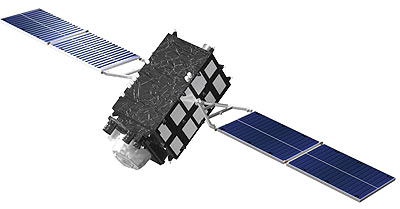QZS 1R, 2, 4 (Michibiki 1R, 2, 4) (original) (raw)

QZS 2 (Michibiki) [MHI]
QZSS (Quasi Zenith Satellite System) is a Japanese satellite navigation system operating from inclined, elliptical geosynchronous orbits to achieve optimal high-elevation visibility in urban canyons and mountainous areas. The navigation system objective is to broadcast GPS-interoperable and augmentation signals as well as original Japanese (QZSS) signals from a three-spacecraft constellation.
The navigation system objective is to broadcast GPS-interoperable and augmentation signals as well as original Japanese (QZSS) signals from a three-spacecraft constellation in inclined, elliptical geosynchronous orbits.
Phase one will demonstrate the technological validation for the enhancement of GPS availability and performance and their application, using the first Quasi-Zenith Satellite (QZS 1) Michibiki. After evaluating these results, the plan moves into phase two which demonstrates the full system capability using three Quasi-Zenith Satellites, including QZS-1. JAXA is in charge of integrating the system as a whole, as well as cooperating with related research organizations to develop the High Accuracy Positioning Experiment System, the QZS Bus System and the Tracking Control System.
The QZS 1 is based on Mitsubishi's ETS-8-Bus and will have a lift off weight of 4100 kg. The QZS satellites are to operate for more than 10 years.
Three more improved QZSS satellites have been ordered in April 2013. QZS-2 and QZS-4 will also operate from the inclined 24 hour orbit, while QZS 3 will augment the system from a geostationary orbit.